Gold price waits for rates clues from Jackson Hole
Political turmoil in the US has the potential to 'help gold in the short and longer term'
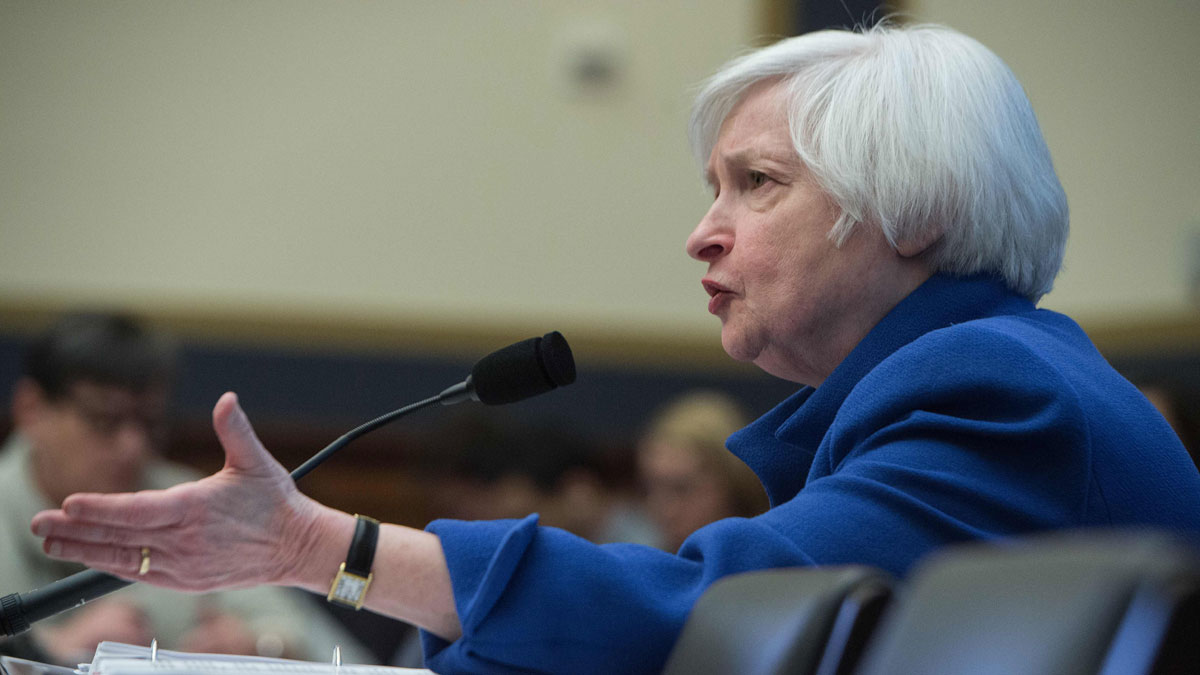
Gold price breaks key resistance level… briefly
14 October
The gold price surged to a three-month high in Asia overnight as expectations of when the US would raise interest rates continued to drift, but it was only briefly able to break a key resistance barrier.
The precious metal rose above $1,174 at one point, breaking through the $1,170 high summer watermark set in August. This was seen as a critical test for gold, as traders often sell out of rallies at such technical benchmarks and they can therefore act as a ceiling on upwards swings. Breaking clear of the threshold indicates a stronger surge to come.
The Week
Escape your echo chamber. Get the facts behind the news, plus analysis from multiple perspectives.

Sign up for The Week's Free Newsletters
From our morning news briefing to a weekly Good News Newsletter, get the best of The Week delivered directly to your inbox.
From our morning news briefing to a weekly Good News Newsletter, get the best of The Week delivered directly to your inbox.
But the metal has faltered this morning in London, with a sharp drop taking gold down to around $1,166. It seems gold traders are not yet confident the commodity will push on beyond its current range.
There is still reason to suspect it will do so in the near future, however. Bloomberg says that the latest weak economic data from China have again knocked back expectations of when US interest rates will start to rise, which could prompt a further rise for the yellow metal. A rates rise would hurt non-yielding commodities and boost the dollar, against which gold is a hedge.
It also notes that holdings in gold-backed exchange-traded products climbed for a third day as of Tuesday. The Wall Street Journal adds that demand for physical gold in China is rising based on figures from one of the country's largest gold retailers, which showed a 22 per cent increase in sales.
Daily FX says if the $1,170 resistance level continues to hold then traders should target a price drop to around $1,155 initially and perhaps lower later. Should gold rebound and definitively break away from its shackles, then instead they should look to a gain to above $1,200.
A free daily email with the biggest news stories of the day – and the best features from TheWeek.com
Gold price rally heads for critical test
12 October
After the US Federal Reserve published the minutes from its latest meeting last Friday, traders seized on the bank's dovish tone, leading the gold price to continue its upward trend.
The precious metal rose to close to $1,160 an ounce in New York, breaking short-term resistance encountered at around $1,150. It has since pushed on and ended the overnight session at $1,164.
The Fed minutes revealed that policymakers are in no rush to raise borrowing costs. Last month they deemed it "prudent to wait" as they assessed developments in emerging markets and the domestic recovery. Since then there has been a surprisingly weak jobs report and Bloomberg reports that this, combined with the "split" on the committee, means rates will now be held until at least March.
The sentiment over interest rates has been controlling gold prices all year, as traders prepare for a rise that will lessen the attraction of non-yielding commodities and boost the dollar. Confidence that a price increase is not looming in the near future gives cover for traders to buy now – but how high will they support the price to go?
A key test is looming, experts suggest, in the form of the recent high in August and the 200-day rolling average gold price, a technical threshold that guides traders on when to sell rallies. Ric Spooner, a chief analyst at CMC Markets in Sydney, said that if gold were to break these barriers – at $1,170 and $1,177 respectively – it could head substantially higher. But he doubted that it would, saying it would take "a real change of heart on the Fed to push prices clearly through this resistance".
In their quarterly report, analysts at Denmark's Saxo Bank echoed the view that these thresholds represent the critical test for the gold price rally, but sounded a more optimistic tone. According to Mining.com, they "sense a change of sentiment is unfolding", with a rise above the $1,170 August high confirming that "a floor has been established".
Only a "break below $1,080 an ounce" would now change their outlook that the gold price will hit $1,250 by the end of the year.
Is the gold price set for a stronger 2016?
8 October
The gold price is currently stuck in a holding pattern, as sentiment continues to be defined by when the Federal Reserve might vote to raise interest rates.
The Fed’s rate-setting committee meets later this month, but most are now betting it will not raise interest until at least December or maybe even later. As a result gold has jumped from its recent lows around $1,100, but it consistently runs out of support at around $1,150 as traders sell rallies.
This trend continued on Wednesday, with gold falling in London from a two-week high of $1,152, before rising marginally in New York and falling back again overnight. It is currently trading in London at a little below $1,144.
Some believe the metal will not decisively break free from its current constraints until the Fed moves, whenever that may be, allowing focus to fall on fundamentals such as high physical demand and low reserves. Higher interest rates make non-yielding commodities such as gold less attractive.
But one think-tank believes irrespective of the rates factor, gold is set to recover in the months ahead.
Capital Economics wrote in a note, reported by Mining.com, that the precious metal is also being held back currently by a wider fall in commodities such as copper and by low inflation, against which gold is negatively correlated. Both of these trends, it says, will fade in the near future.
The note says: "We expect other metals to recover as the news from China improves, while inflation expectations should rebound as oil prices pick up and labour markets continue to tighten.
"Indeed, headline inflation should snap back in most economies over the next few months as the big falls in oil prices in late 2014 drop out of the annual comparison."
Capital Economics expects gold could hit $1,200 before the end of this year, rising to $1,400 by the end of 2016.
Can the gold price break its shackles?
7 October
The gold price has continued a recent growth spurt following a shift in interest rates sentiment on Friday but has yet to prove it can break decisively out of a range it has traded within over the past month.
The precious metal rose sharply on Friday - at one point it had jumped $25 in just 15 minutes - after an extremely disappointing US jobs report pushed back expectations of when the Federal Reserve will finally vote to tighten policy. A rise in rates makes non-yielding commodities like gold much less attractive.
The rally has continued and on Tuesday gold settled at $1,152. Mining.com reports this is the highest level reached in more than two weeks and reflects in particular a fall in the dollar, against which the metal is typically used as a hedge, as rates hopes have receded.
But it is worth noting that at $1,150 or thereabouts gold tends to hit resistance, with traders seeing this as a point to bank the gains. The price slipped back below this level on Wednesday morning in London.
Gold is still some way below a summer high of $1,170, which it reached in August but from which it retreated quickly.
Investment bank Macquarie wrote in a note that the gold price would remain "weak" until the Fed finally does hike rates, which it still expects will happen before the end of the year despite the latest poor data.
According to The Bullion Desk the bank said physical demand is currently only being maintained by a weak dollar, which makes gold cheaper for many overseas investors. It added that investors remain "uninterested" in gold as "immediate threats" to the global economy have mostly dissipated.
It did say, however, that once rates do rise gold may only see a relatively shallow slump before bouncing back: "Historical analysis suggests hiking cycles are not necessarily bad for gold" and rate rises will be slower and peak at a lower level than consensus expectations, "which should limit any rise in the dollar".
"Macquarie sees gold averaging $1,075 in the fourth quarter, $1,150 in 2015 as a whole and to $1,149 next year," the site concludes.
-
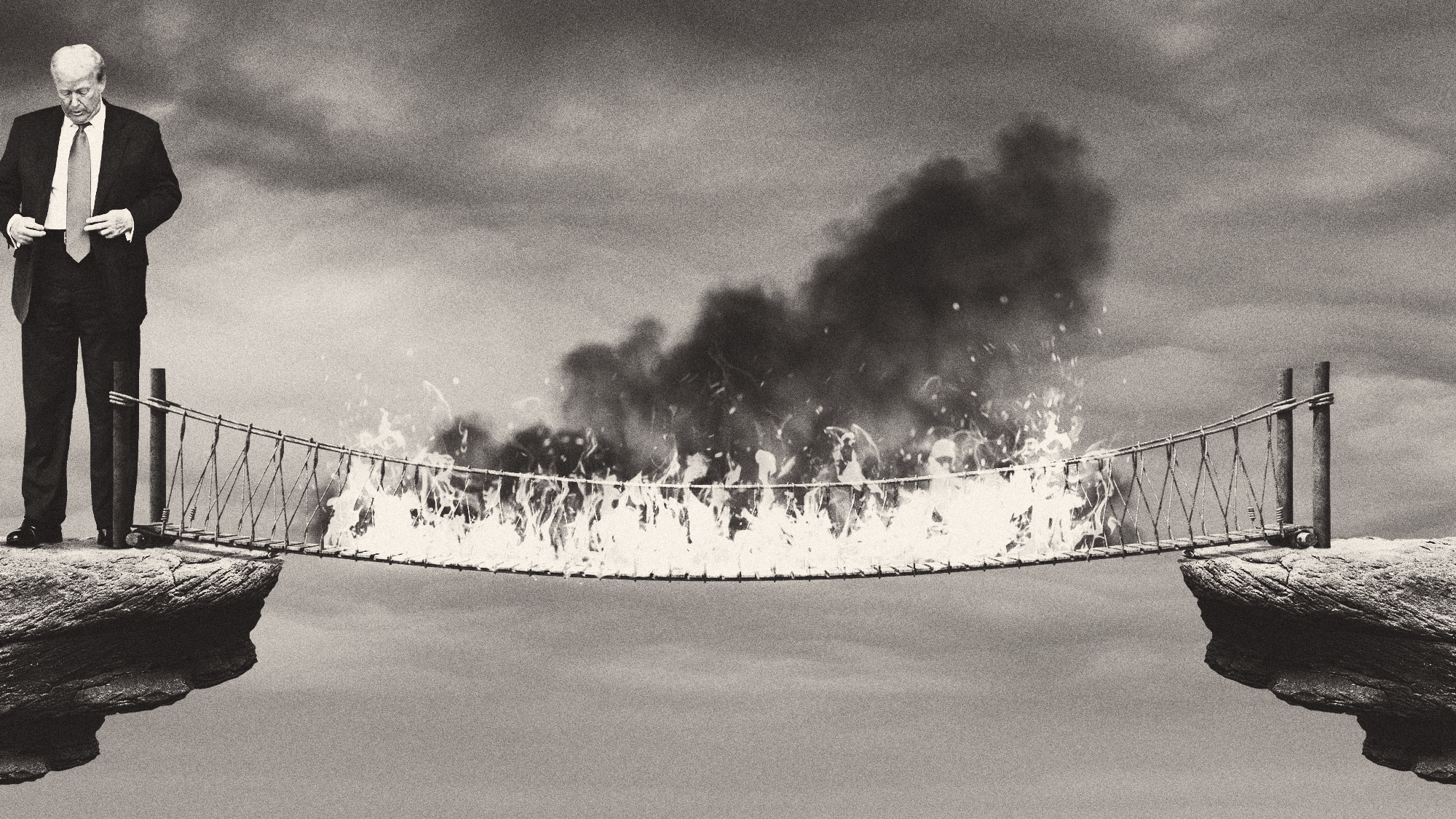 Did Trump just end the US-Europe alliance?
Did Trump just end the US-Europe alliance?Today's Big Question New US national security policy drops ‘grenade’ on Europe and should serve as ‘the mother of all wake-up calls’
-
 How the War Department became the Department of Defense – and back again
How the War Department became the Department of Defense – and back againIn Depth In 1947 President Harry Truman restructured the US military establishment, breaking with naming tradition
-
 Codeword: December 8, 2025
Codeword: December 8, 2025The daily codeword puzzle from The Week
-
 What a rising gold price says about the global economy
What a rising gold price says about the global economyThe Explainer Institutions, central banks and speculators drive record surge amid ‘loss of trust’ in bond markets and US dollar
-
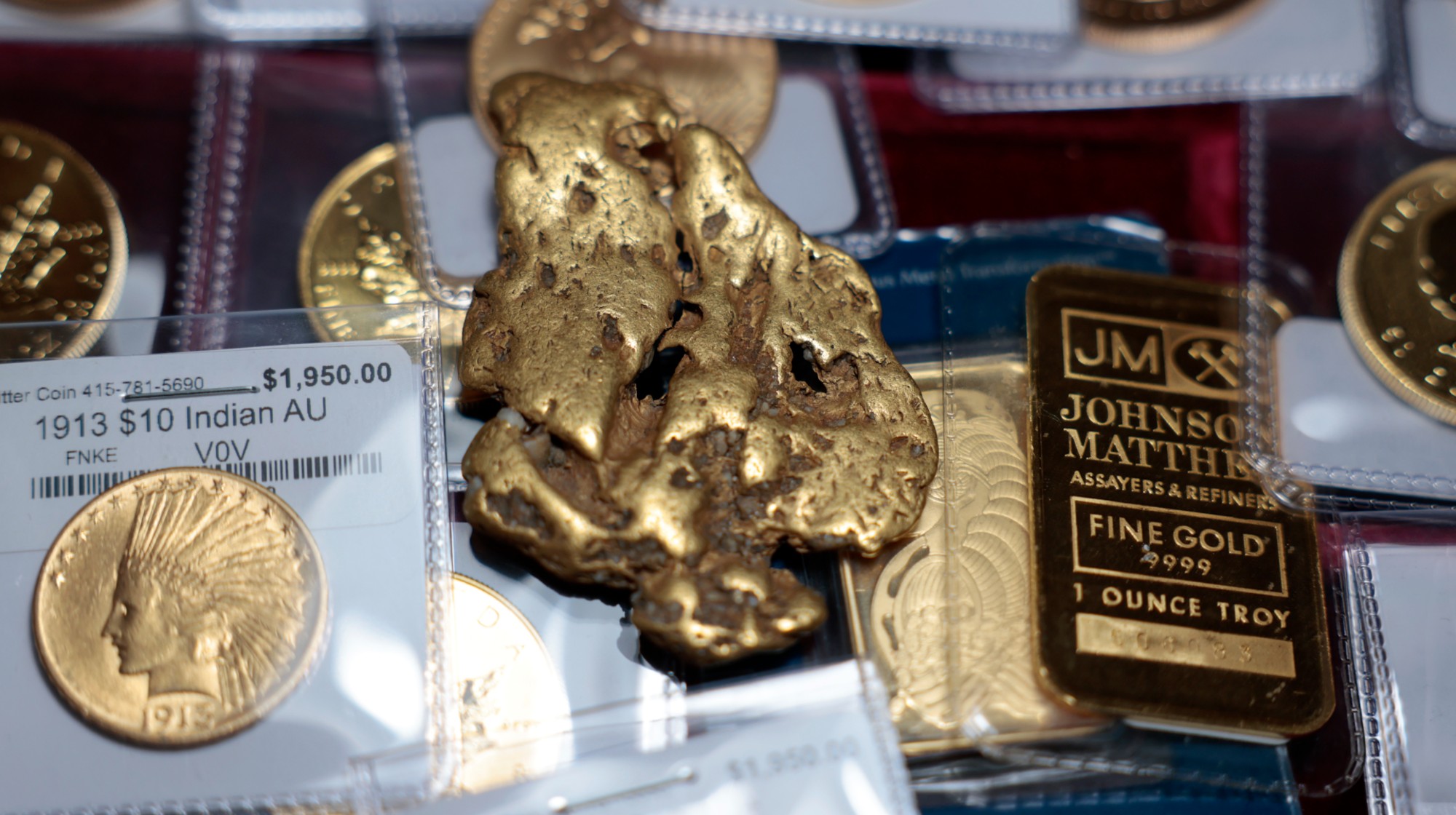 Gold tops $4K per ounce, signaling financial unease
Gold tops $4K per ounce, signaling financial uneaseSpeed Read Investors are worried about President Donald Trump’s trade war
-
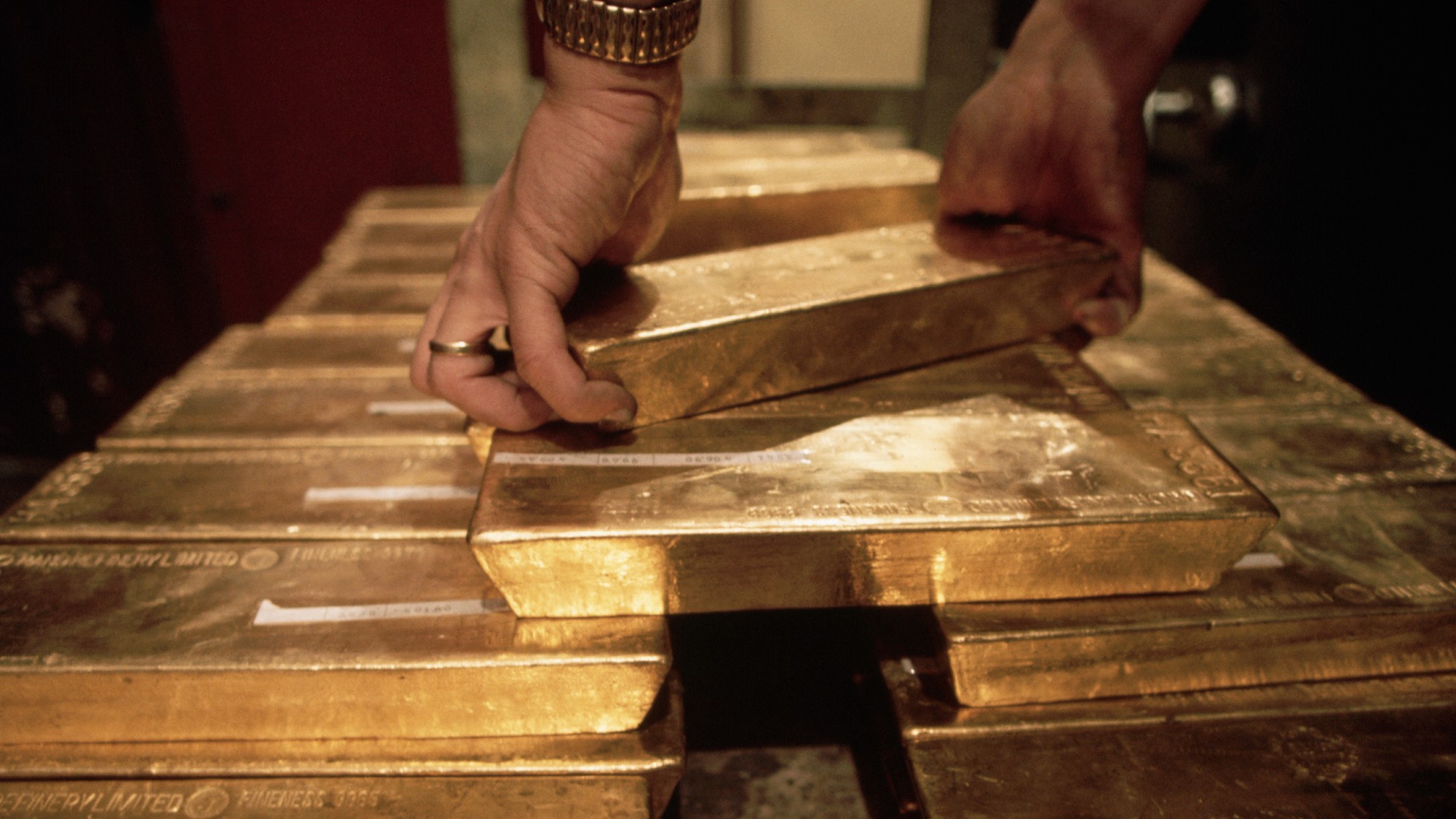 Safe harbor: Gold rises as stocks sink
Safe harbor: Gold rises as stocks sinkfeature It's a golden age for goldbugs
-
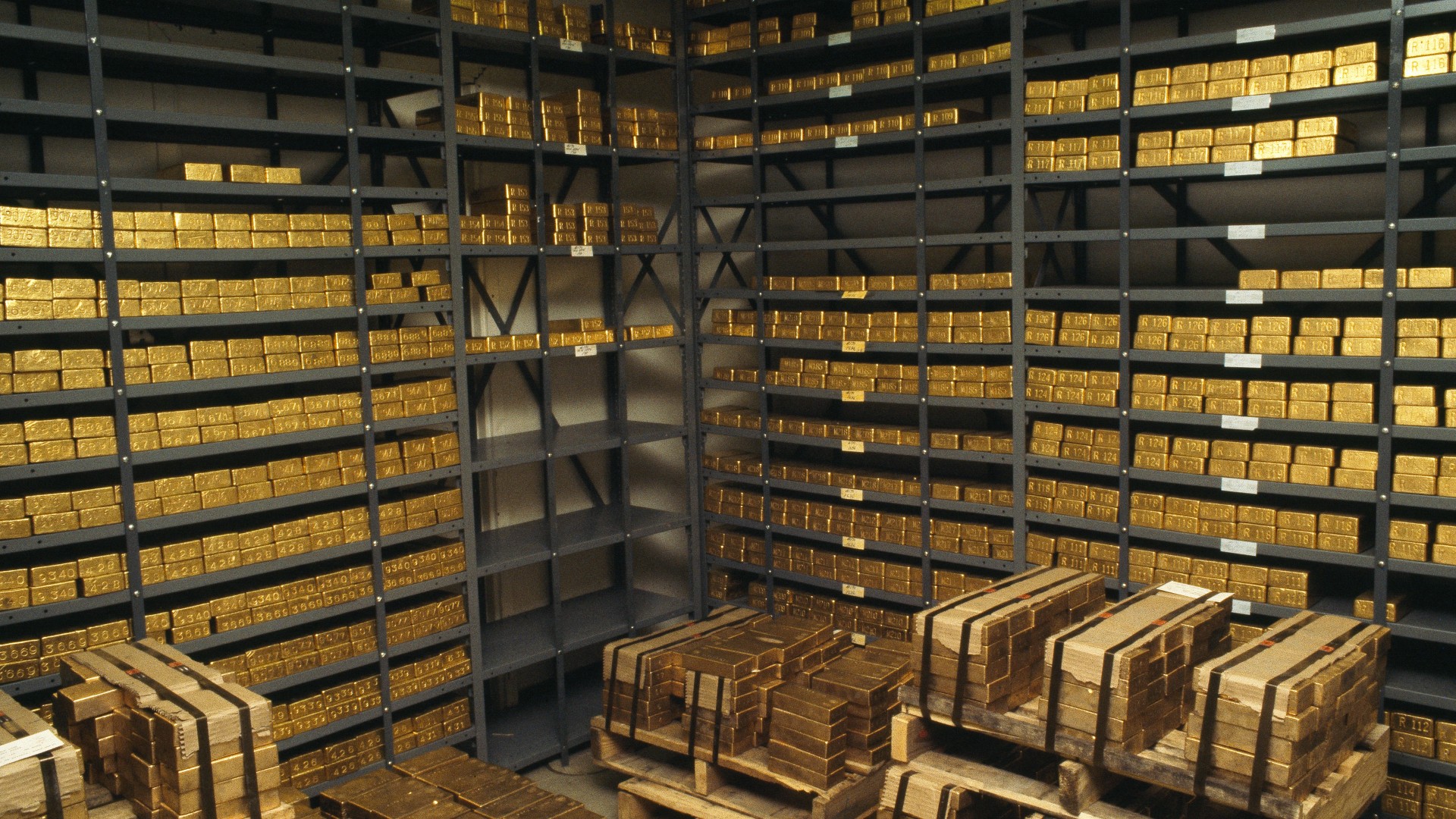 What rising gold prices can tell us about the economy in 2024
What rising gold prices can tell us about the economy in 2024The Explainer Market hits all-time high, boosted by a weakening US dollar and rising global tensions
-
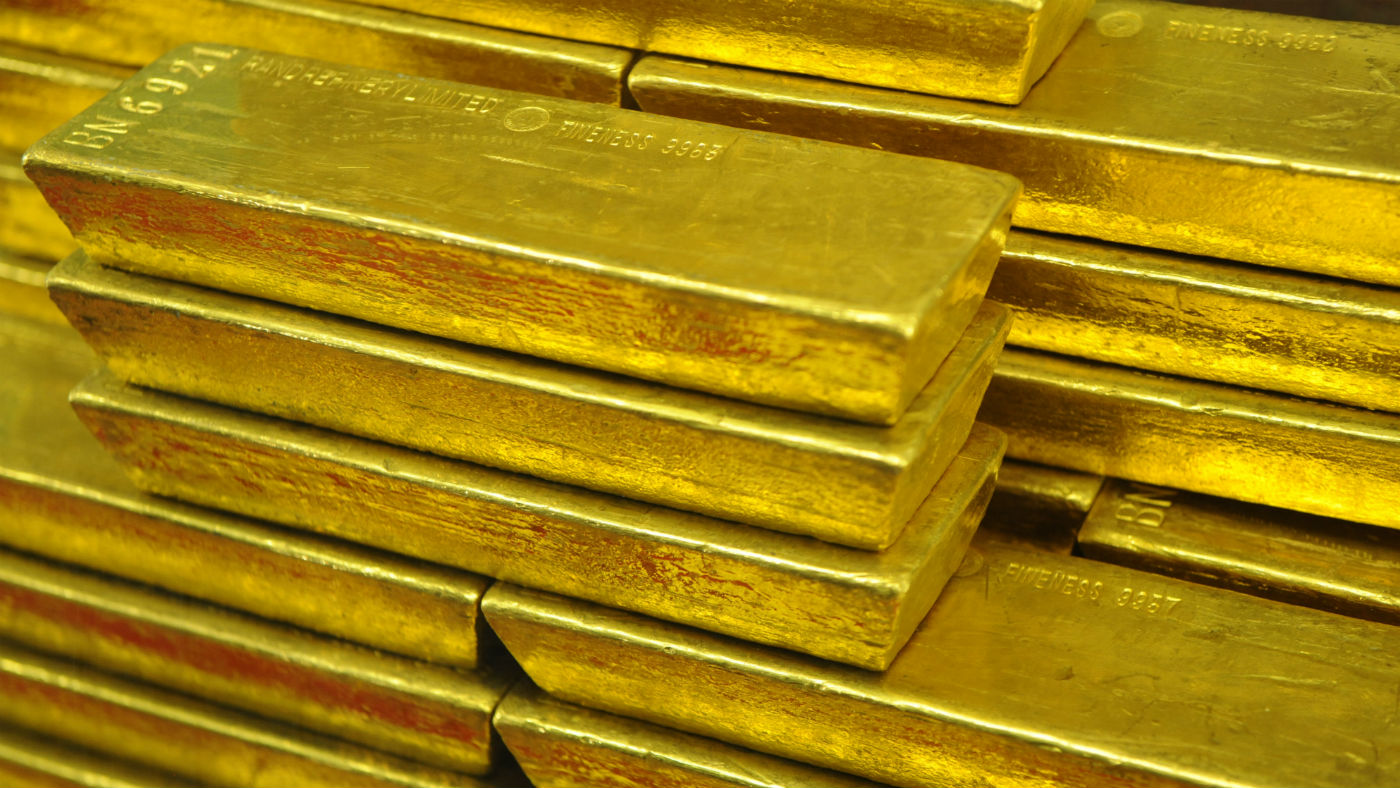 Gold’s ‘flash crash’: what the experts think
Gold’s ‘flash crash’: what the experts thinkfeature Bad news, good news and a loss of faith
-
 What is the price of gold and when is best to buy?
What is the price of gold and when is best to buy?Speed Read Economic and geopolitical uncertainty traditionally drives investors to reliable metal markets